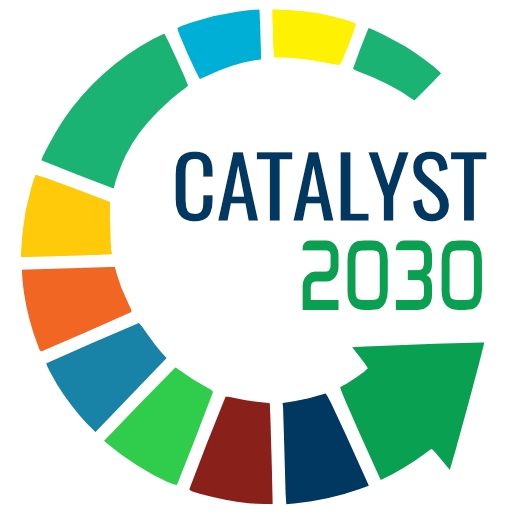
f you have made it this far, you either want to know what Strategic and Participatory Planning (SPP) means or you are looking for a company to do it for you.
The term was coined by Professor Souto-Maior in the early 1990s. The methodology was adopted by different institutions and groups, and allows the implementation, with discipline and collective participation, of a set of strategies, decisions, and actions that are fundamental for survival, effectiveness, and organizational sustainability.
SPP is a fusion between Strategic Planning – which was already a recognized method, especially for profit-driven companies – and Participatory Planning – more common for NGOs and participatory actions of governments.
Planning, as in Peter Drucker’s famous phrase, is not about future decisions, but about the future implications of present decisions. Therefore, planning means, to the “father of modern business management,” creating the future. And the strategy, in turn, according to Mintzberg, directs actions toward what one wants to mold. In this sense, planning strategically means tracing the desired finish line and designing the steps in order to reach it.
“Traditionally, the steps of strategic planning vary, in sequence and in the degree of development, depending on the approach, and they are as follows: 1. definition of the mission; 2. analysis of the external and internal environment; 3. strategy design; 4. execution, 5. monitoring, 6. control, and 7. evaluation.
However, in the SPP, these steps were “subdivided into eight, characterizing the process as strategic and, at the same time, participatory”, explains this publication by the Federal University of Paraíba in Brazil. There are adaptations for eleven steps, as in this application in a Waste Management SPP. Adaptations are necessary to achieve the best results in each Project.
A broader perspective of participation
More current approaches, including ours here at Raízes, see SPP from a broader perspective of participation, one that inserts stakeholders not only as informed or consulted parties but also as active parties in the co-creation of the strategic plan. This approach is seen, for example, in the AA1000 standard.
The essence of AA1000 is the social, ethical, environmental, and economic learning and performance of companies. It points out, for example, strategies for a sustainable path, in addition to favoring the inclusion of stakeholders in the company’s decision-making processes.
What is the point?
There are several reasons why we believe it is worthwhile to create strategic planning in a participatory way. The first one is to increase the complexity and perspectives regarding the possibilities of an organization. Have you ever heard that two thinking heads are better than one? How about several heads!?
Processes that utilize collective intelligence can reach broader and more interesting views. Another benefit that can be achieved with this method is the co-responsibility for the implementation of the plan. The likelihood of support in the execution of a plan in which you actively participated is significantly higher. For these reasons, the chances of permanence of results are greater; that is, planning conceived in a strategic and participatory manner tends to be more sustained and sustainable in the mid to long term.
Who can hire us to do Strategic and Participatory Planning (SPP) initiatives?
A foundation, a corporation, a network, an organization, an association, etc.
This planning is often part of co-creation projects in territories, such as the conception of the Feira Sabores do Morro (later organized as Sabores do Morro Association) in Catas Altas – MG.
This text is part of the series “What we do”, in which we explain in detail the services we provide here at Raízes. The last issue was about entrepreneurship and income generation. Feel free to read them all!

